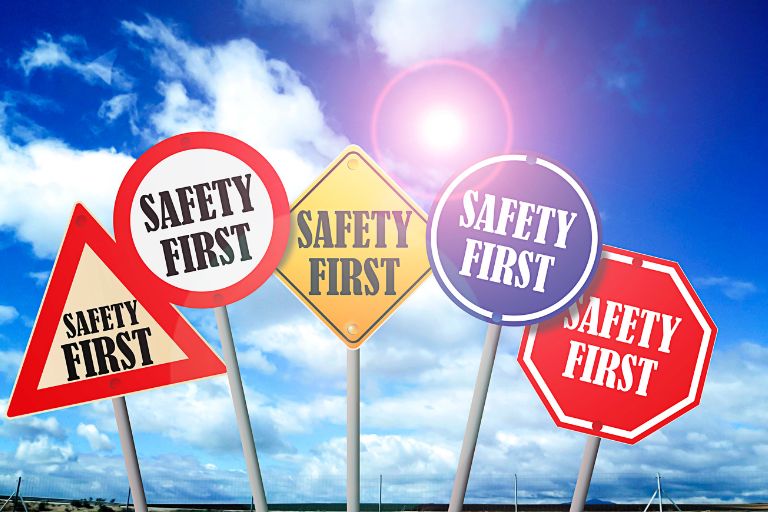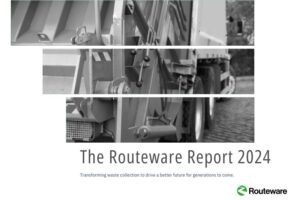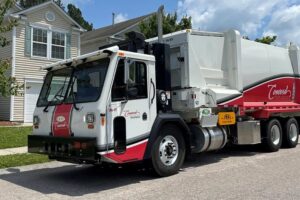Everyone knows the dangerous nature of the waste management industry. It always ranks as one of the country’s most hazardous jobs. So, technology that improves safety is not just an option, but an imperative. Using technology to improve safety helps to protect drivers, residents, and cities and municipalities themselves.
At WasteCon 2024, the panel discussion titled “Safety First: Next Generation Innovations in Public Sector Waste Management” featured a group of experts in the waste management industry who focused on the role of technology in enhancing safety, efficiency, and accountability for both drivers and municipalities. The following examples are pulled from their conversation.
Routing
Modern routing software and GPS technology can make it easier for planners to build safer routes for drivers. That might mean preventing overloaded routes that cause drivers to hurry, or mandating single-sided pickups so operatives don’t need to cross the street. Time windows can also be used to keep trucks away from schools when children are coming out. Safety starts with thoughtful route design.
In-Cab Technology
Elsewhere, digital tablets in trucks are helping drivers stay safe while also holding them accountable. Removing paper in cab with automated logging of completed stops and real-time directions reduces distraction and keeps your driver’s attention where it should be.
Features that track driver behavior also help coach safer habits and identify risks before they cause accidents. As a bonus, these technologies can deliver significant cost savings, including lower insurance premiums and fewer damage claims.
On-Board Cameras
The integration of cameras systems into trucks is also increasing safety. These technologies help monitor driving behavior, detect risks, and provide data for training and incident review. Some systems are designed to warn drivers about unsafe actions without involving supervisors, fostering a culture of self-improvement. GPS and speed monitoring are other essential tools for reducing accidents.
AI
Supporting drivers with AI is the next big step to further reduce driver workload, enhance safety, and improve service accuracy. Innovations like voice-activated systems, advanced driver-assistance tools, and AI-driven analysis are promising technologies to watch.
Resident Relationship
An additional benefit of these types of technology is that they improve communication with residents. Automated notifications can be triggered when a stop is missed, or an issue is detected. Whilst not as directly related to safety, these tools help prevent complaints and conflict with residents by enhancing customer satisfaction.
While new technology sometimes meets resistance, emphasizing the safety benefits for drivers and the wider team can be effective strategies to assuage fears and encourage adoption.
For teams looking to adopt new technology, it is important to consider strategic planning, proper data integration, training, and finding the right balance between accountability and support for drivers. Sharing success stories and positive outcomes is key to gaining acceptance and building a culture of safety.
In summary, technology has a transformative power in making waste management safer, more efficient, and better aligned with the needs of both drivers and the public.
Interested in making your workplace a safer one? Get Started today.





